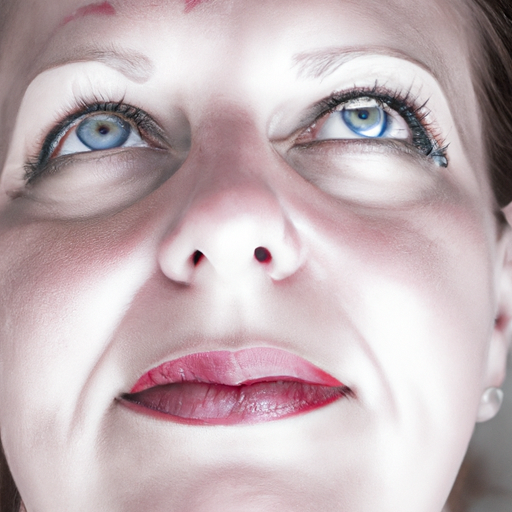Hyperpigmentation, a common and often distressing skin condition, is characterized by dark patches that appear on the skin due to an excess production of melanin, the pigment responsible for skin color. The causes of hyperpigmentation range from sun damage and hormonal fluctuations to certain medications and skin injuries. As a dermatologist, I have spent years studying and treating this condition, and I am here to share some of the best-kept secrets in the field for tackling hyperpigmentation.
Firstly, it is crucial to understand that hyperpigmentation is not just a cosmetic issue; it is a sign of skin damage. Therefore, the first line of defense is prevention. This means adopting a rigorous sun protection regimen that includes wearing a broad-spectrum sunscreen with an SPF of at least 30 every day, regardless of the weather. Sunscreen not only prevents hyperpigmentation but also slows down the aging process and reduces the risk of skin cancer.
In addition to sunscreen, topical treatments containing active ingredients such as retinoids, vitamin C, kojic acid, and hydroquinone can be highly effective in reducing hyperpigmentation. Retinoids, derivatives of vitamin A, work by accelerating cell turnover and reducing the production of melanin. Vitamin C is a potent antioxidant that can brighten the skin and fade dark spots. Kojic acid inhibits tyrosinase, an enzyme involved in melanin production, while hydroquinone is a powerful bleaching agent that can lighten hyperpigmentation.
However, these ingredients can be potent and may cause irritation or sensitivity, especially in higher concentrations. Therefore, it is essential to use them under the guidance of a dermatologist who can recommend the right product and concentration for your skin type and condition.
For stubborn hyperpigmentation that doesn’t respond to topical treatments, professional procedures such as chemical peels, microdermabrasion, laser therapy, and microneedling can be considered. These procedures work by removing the top layer of the skin, promoting new skin growth, and dispersing pigment clumps. However, they should only be performed by trained professionals as they can cause further pigmentation if not done correctly.
Lastly, a healthy diet rich in antioxidants can also contribute to skin health and radiance. Foods high in vitamins A, C, and E, such as berries, citrus fruits, nuts, and green leafy vegetables, can help protect the skin from damage and promote a more even skin tone.
In conclusion, tackling hyperpigmentation requires a multifaceted approach that includes sun protection, topical treatments, professional procedures, and a healthy diet. It is also a long-term commitment as it can take several weeks or even months to see significant improvements. However, with patience and consistency, it is possible to reduce hyperpigmentation and reveal a more radiant and even-toned complexion. Remember, every skin is unique, so what works for one person may not work for another. Therefore, it is always best to consult with a dermatologist to develop a personalized treatment plan.



